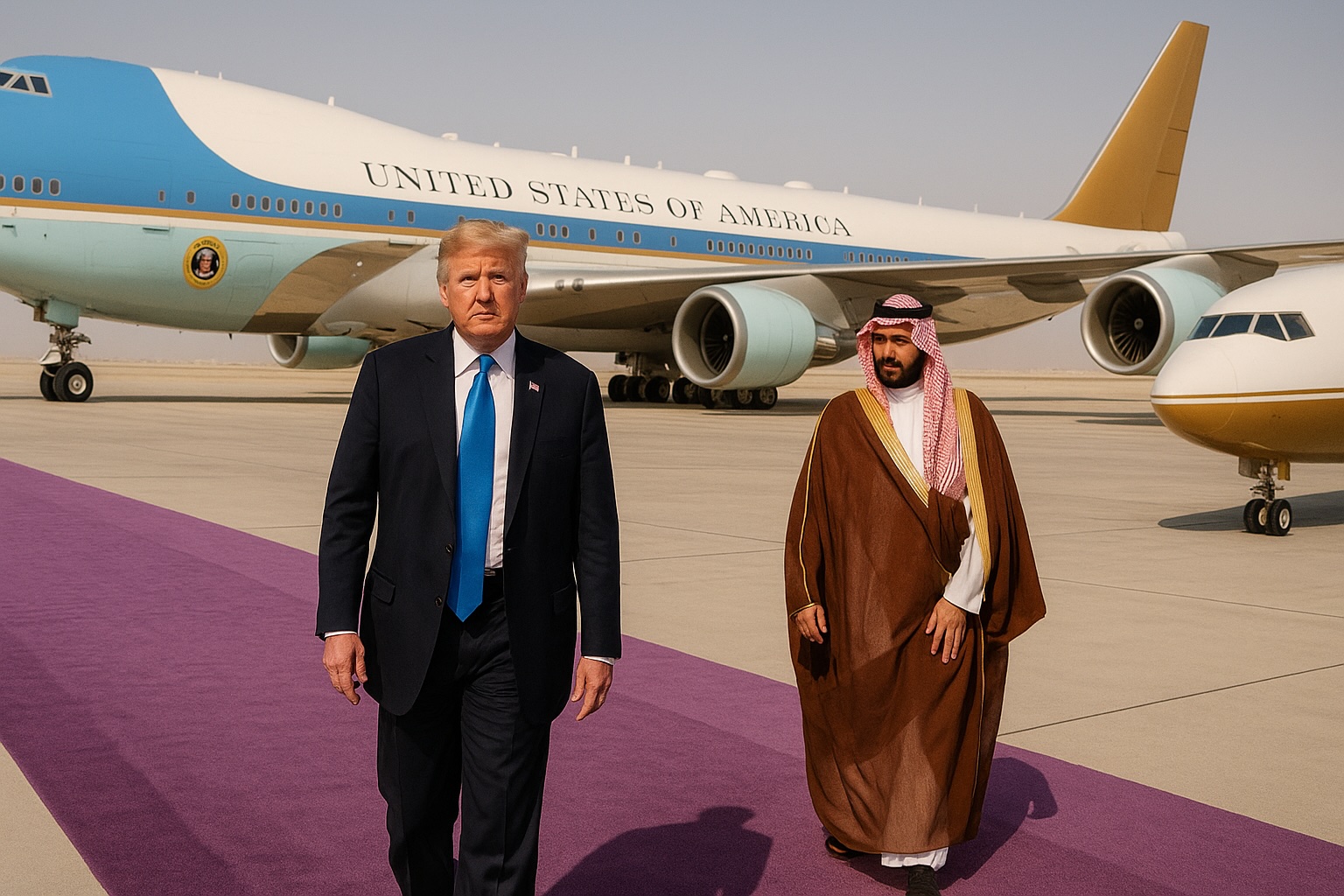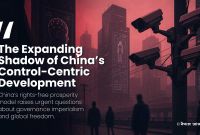Inside Trump's High-Stakes Middle East Trip: Deals, Crises, and That Jet!

In a diplomatic move laden with geopolitical weight, President Donald Trump has commenced his first major international journey of his second term, a multi-nation tour across the Middle East. Touching down first in Saudi Arabia on May 13, 2025, before heading to Qatar and the United Arab Emirates, the visit unfolds against a backdrop of simmering conflicts, shifting alliances, and critical global attention on the future of the region. It’s a trip where personal diplomacy meets complex strategic challenges, aiming to reassert American influence and forge new pathways amidst ongoing crises.
The arrival in Riyadh was marked by a visibly warm and lavish reception, a scene underscored by ceremonial grandeur including the now-signature purple carpet rolled out to welcome the American leader. This elaborate display, a stark contrast to the more subdued greetings for some past US leaders, immediately set a tone of strengthened ties and mutual enthusiasm between President Trump and the Saudi leadership, particularly Crown Prince Mohammed bin Salman, whom the President referred to publicly as a friend. It's these personal connections that often lie at the heart of high-level diplomacy, adding a distinctly human element to the often-calculated world of international relations.
At the core of the discussions across the Gulf capitals lie pressing issues that resonate far beyond the region. Top of the agenda are undoubtedly the ongoing war in Gaza and efforts to find a path towards de-escalation and a potential resolution. Discussions on curbing Iran's nuclear ambitions and its regional activities are also paramount, a constant point of tension requiring delicate diplomatic navigation. Beyond security, boosting economic ties is a major focus, with President Trump keen to secure billions in investments from wealthy Gulf nations into the United States, aiming to create jobs and stimulate American industries.
Adding a fascinating, and somewhat controversial, dimension to the Qatar leg of the trip are reports surrounding a potential extraordinary gift. Amidst the traditional exchange of diplomatic presents, considerable attention has been drawn to discussions about Qatar gifting a high-value Boeing 747-8 jet. This aircraft is reportedly intended for possible use as a temporary Air Force One, the official presidential plane, before potentially being transferred to President Trump's presidential library foundation later. The prospect of accepting such a lavish item from a foreign government has ignited debates back home regarding ethics and constitutional provisions related to foreign emoluments, highlighting the fine line leaders walk when personal gestures intersect with public office. President Trump has publicly defended the idea, reportedly calling it a "great gesture" and suggesting it would be "stupid" to refuse a free, valuable asset for the US government.
Economically, the visit has already seen significant movement. In Saudi Arabia, agreements were reached for substantial US investments, including a large defence package worth billions. Similar commitments for massive investments in the US economy are expected from the UAE. These deals underscore the transactional, yet strategically important, nature of the relationships, where economic benefits are closely intertwined with security cooperation and diplomatic alignment.
The visit holds immense geopolitical significance for several reasons. Firstly, it occurs at a time when the Middle East remains volatile, with the Gaza conflict casting a long shadow and regional power dynamics constantly shifting. The US, under President Trump, is seeking to reinforce its alliances and push back against perceived threats. Secondly, the trip aims to revitalise efforts towards normalisation between Israel and Arab states, potentially expanding the Abraham Accords initiated during his first term. While the war in Gaza has complicated these efforts, the visit serves as a platform to keep that possibility alive, particularly in conversations with key players like Saudi Arabia, whose position on normalisation remains linked to progress on the Palestinian issue. Furthermore, the unexpected schedule of a meeting with the new Syrian President is a notable development, signaling a potential shift in engagement with Damascus that will be closely watched globally.
Ultimately, President Trump's Middle East tour is a complex tapestry of strategic objectives, economic imperatives, and his unique brand of personal diplomacy. It's a human story playing out on a global stage – of leaders navigating crises, forging relationships, and making decisions with far-reaching consequences. While the headlines may focus on deals and geopolitical manoeuvres, the underlying narrative is also about trust, perception, and the intricate dance of power and personality in shaping the destiny of nations in a challenging era. The outcome of these interactions, from the grand welcomes to the quiet bilateral talks and even the controversial gifts, will undoubtedly leave a lasting imprint on the evolving landscape of the Middle East and America's place within it.
Donald Trump Israel



![From Kathmandu to the World: How Excel Students Are Winning Big [Admission Open]](https://www.nepalaaja.com/img/70194/medium/excel-college-info-eng-nep-2342.jpg)
